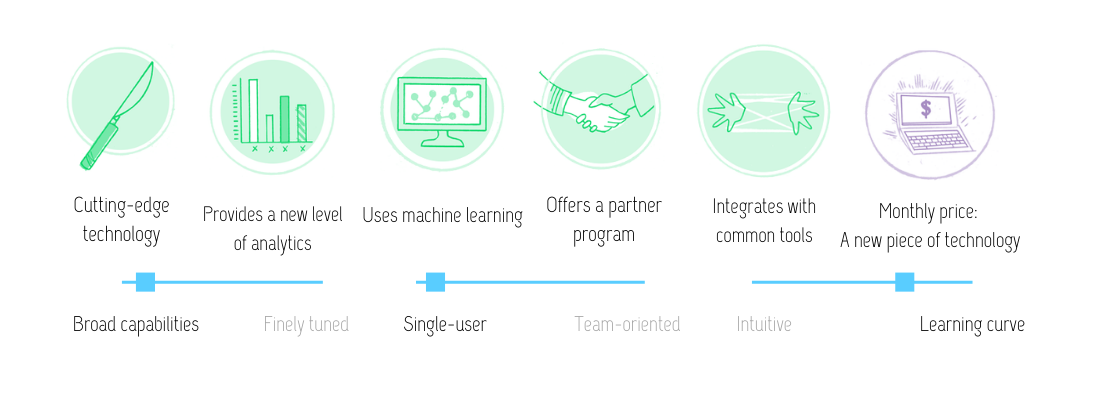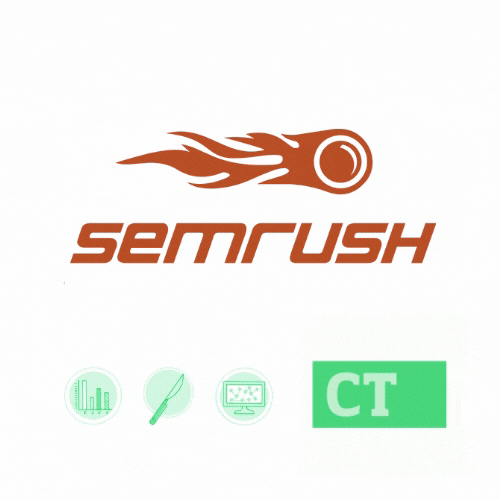This post originally appeared in the February 20, 2020 issue with the email subject line "How should a meta description be?" and some best practices for writing better meta descriptions.
Update (12/21/20): As of December 2020, SEMRush is no longer in my tech stack because of an unfortunate customer service experience. A review for its replacement tool, Mangools, will be published in early 2021.
Did you know that a lot of SEO ranking and behavior data is collected, knowingly or otherwise, from browser extensions? It’s also collected from credit card companies, programmatic display networks, analytics trackers, etc. Google provides some of the data directly, but otherwise… it’s gathered. From assorted places.
Anywho, I wish SEMRush was more transparent with where it gets its data, but almost no one in digital marketing is transparent about where they get their data! As an industry, we should ask more hard questions about this situation.
That said.
That said, SEMRush data represents trends and comparisons, which means it does its job. It’s mostly accurate, or accurate-ish enough to be used by people like me who understand the data, sort of. SEMRush data is also sold to other, larger enterprise tools with nicer UIs who charge more for the same data.
SEMRush has 80 gazillion features! I use site audit, competitive analysis and benchmarking, keyword magic, and some of the rank tracking. I could leave the rest. I wish I could pick and choose my features and pay less per month but alas… I can’t.
SEMRush at a glance

The Keyword Magic tool is To Die For. It identifies semantically related keywords very similarly to a ClearScope or a MarketMuse, but it doesn’t organize or sort the data for you. I have reviewed many, many SEO tools and it’s the best keyword and content research tool at its price point and scale, as long as you know what to do with the data you have.
There’s the key: I wouldn’t understand SEMRush if I hadn’t trained on another, more expensive enterprise tool. SEMRush now offers personalized training, but I don’t use it (as I am a well-trained monkey). If you don’t know what data to enter, SEMRush’s keyword tracking can be a garbage-in, garbage-out situation, and it won’t help you hone in on value or strategic thinking on your own.
But if you know what you’re looking for, it works just fine.
It puts more focus on content and less on backlinks than other tools, which aligns with my SEO approach. Because I mostly work on redesigns and content structure, I don’t obsessively track rankings (that’s a wasted effort for almost all small websites) or need local SEO capabilities. So.
Anyway: SEMRush! It’s a great content research tool and SEO launchpad.

